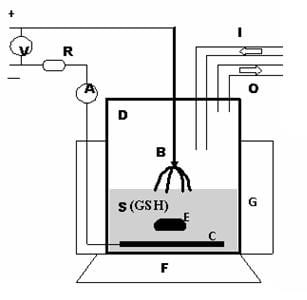 Atmospheric pressure non-thermal discharge plasma is attracting more and more attention due to its promising biomedical applications, such as sterilization, electrosurgery, dentistry, and skin care. The mechanism of plasma acting on cells and living tissues is usually explained by the action of produced chemically reactive agents on cellular components; however, for a more in-depth understanding it is necessary to scrutinize the detailed reaction processes with proper tools that can provide rapid and non-invasive measurements.
Atmospheric pressure non-thermal discharge plasma is attracting more and more attention due to its promising biomedical applications, such as sterilization, electrosurgery, dentistry, and skin care. The mechanism of plasma acting on cells and living tissues is usually explained by the action of produced chemically reactive agents on cellular components; however, for a more in-depth understanding it is necessary to scrutinize the detailed reaction processes with proper tools that can provide rapid and non-invasive measurements.
Now, in research published online yesterday, the action of discharge plasma at the gas-solution interface in argon on reduced glutathione, one important antioxidant in cell, has been investigated qualitatively and quantitatively through Raman spectroscopy. Both the irreversible damage and reversible conversion of reduced glutathione to the oxidized form was monitored non-destructively, and so the reaction kinetic processes through multi-pathways could be evaluated quickly and quantitatively. It was found that the sulfhydryl group was the main target to the plasma-generated reactive species and approximate 30-40% damaged reduced glutathione was converted to the oxidized form. The results may be helpful for understanding the effect of plasma on the sulfhydryl active center in proteins and the antioxidant system of biological organisms.

















